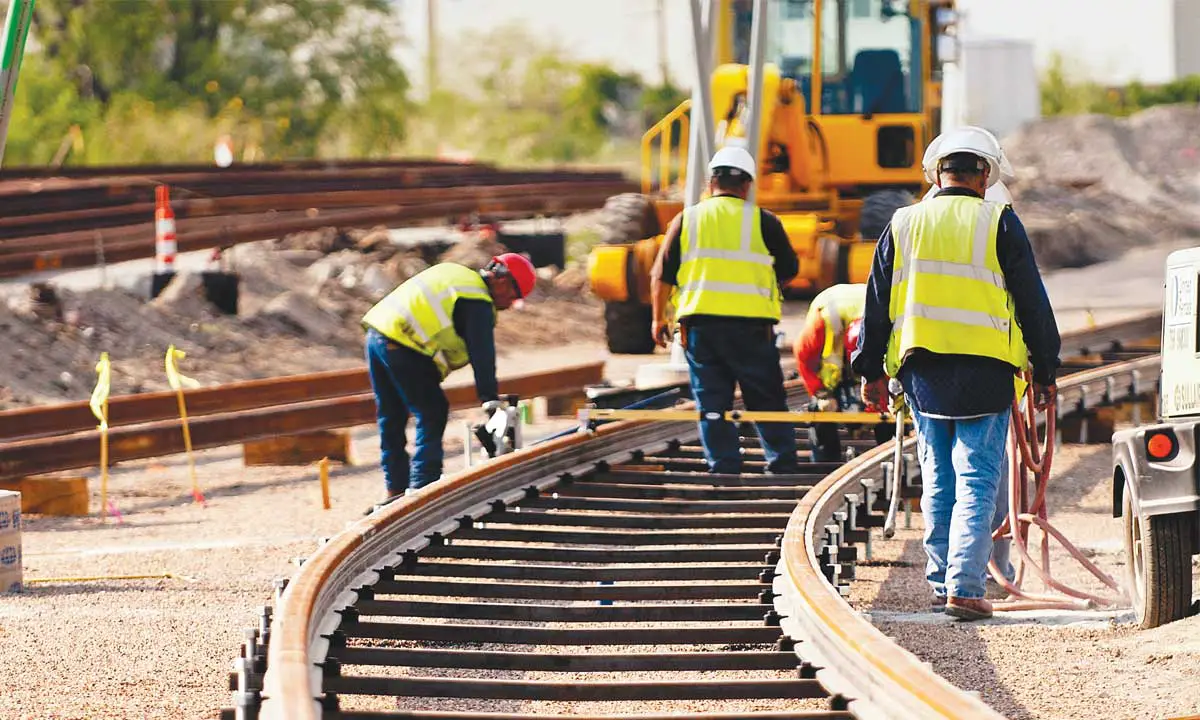The New South Wales Government (NSW) has committed a further $180 million to the Central Station Rail Network Project. The additional funding is a top of the existing investment of well over $5.3 billion towards the More Trains, More Services program, which sets to deliver critical infrastructure works to station platforms. Its key benefits include a 30% increase in peak services on the T4 Illawarra line as well as an extra four services on the T2 Inner West Line in the peak.
Read Also Gold Coast Airport expansion project in NSW, Australia, complete after three years of implementation
New South Wales Central Station Rail Network Project strives to enable well up to 15 trains to access the rail platforms at the Central Station’s Grand Concourse, every hour. Currently, the program has already delivered a total number of 41, brand-new, Waratah Series 2 Trains. Since 2017, the program has also delivered well over 1700 additional weekly services.
New South Wales Central Station Rail Network Project designed for generations to come
The project aims to modernize the rail network as well as provide commuters with reliable service while significantly reducing overcrowding and wait times. The New South Wales Minister for Transport, Veterans, and Western Sydney spoke about the project. David Elliot noted that the multimillion-dollar investment is a representation of the future of the rail system.
Furthermore, the Minister for Transport assured that the project will be designed for generations to come. He also revealed that the investment will contribute towards the upgrading of rail infrastructure as well as improve signaling. Mr. Elliot placed great emphasis on the incorporation of new-generation technology in the project.
The Minister explained that it will add to the rail network greater advantages. He noted that the new generation technology upgrade on all signaling assets will enable the rail network to recover much faster from technical failures. Additionally, it would also enable it to remain operational as well as reliable during and after extreme weather conditions/seasons.

